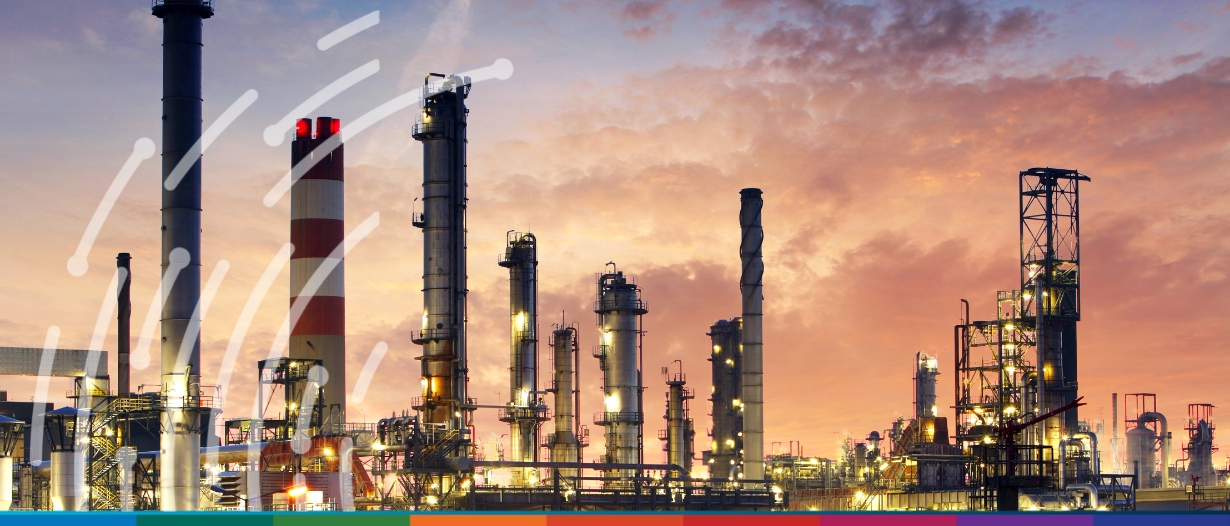Dutch lender ING on Tuesday said it had toughened its lending policy to the oil and gas sector, restricting finance to clients engaged in commodity or trade finance and “midstream” infrastructure.
ING, a commodity finance provider, said it was working on a methodology to reduce the volumes of traded oil and gas it finances in line with global climate goals, with a view to setting targets by 2024.
Commodity trade finance covers many types of loans, most of which are for less than a year, that facilitate global movement of goods from wheat to gasoline. As of yet, none of the largest TCF banks have introduced climate-related restrictions to this part of its lending book, ING said, though Rabobank has done so.
The bank’s move to restrict its activity reflects that the world needs to be less dependent on oil and gas – and is a sizeable part of ING’s exposure to the sector.
Anne-Sophie Castelnau, global head of sustainability at ING, said, “By committing ourselves in this direction, we are sending a signal to our clients that we are actively engaged in taking actions toward decarbonising our portfolio and progressively stepping out of that industry.”
ING said it would look to cut the emissions linked to the volume of traded oil and gas it finances by 19% by 2030, in line with the International Energy Agency’s Net-Zero Emissions by 2050 Roadmap.
ING also said it will no longer provide dedicated finance to “midstream” infrastructure activities such as processing and storage that helps new oil and gas fields to be developed.
The bank’s lending to midstream oil and gas was about $14 billion at the end of 2022, with about 10% of that linked to new oil and fields and hence covered by the new targets, Castelnau said.
Last year ING said it would not provide dedicated upstream finance to new oil and gas fields. Its exposure to this segment stood at €3.1 billion at the end of 2021.
Castelnau said, “The idea is to take into account feedback from the International Energy Agency (IEA) that the world does not need new oil fields.”























